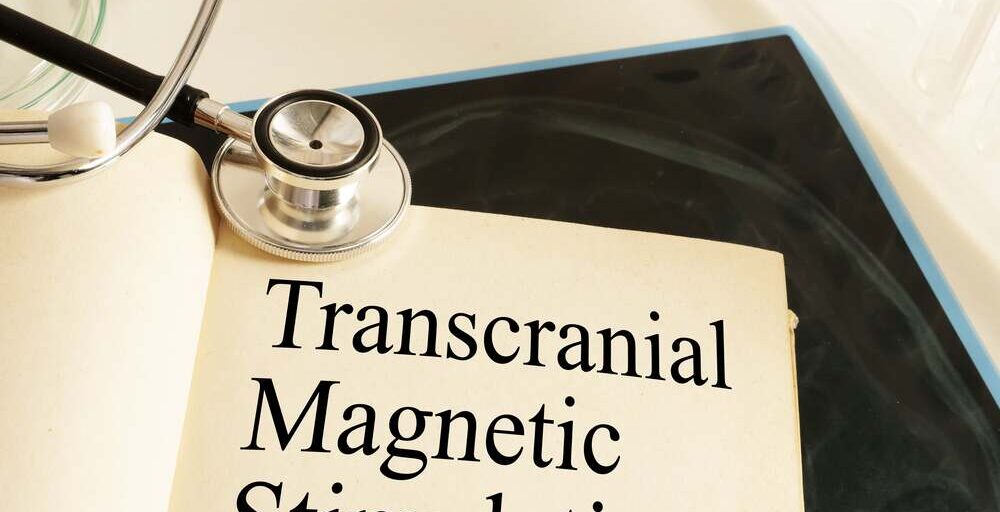
The Relationship Between Chronic Illness And Depression
The relationship between chronic illness and depression is both complex and interdependent. Chronic illnesses such as diabetes, heart disease, and arthritis can strongly affect an individual’s mental health, often leading to depression.
At the same time, depression can make managing chronic illnesses more complex, creating a cycle where each condition exacerbates the other. Knowing this dynamic is essential for patients and caregivers to develop effective treatment strategies that address physical and mental well-being.
How Chronic Illness Impacts Depression
Living with a chronic illness brings profound changes to daily life, many of which can contribute to the onset of depression. The emotional toll of managing long-term health conditions often includes feelings of sadness, despair, and hopelessness. Individuals may struggle with reduced mobility, altered daily routines, and the inability to engage in social activities, leading to isolation.
Research indicates that people with chronic conditions experience depression at much higher rates than the general population. For example, between 17-51% of individuals with cardiovascular disease and 25-42% of those with cancer experience symptoms of depression.
These percentages highlight the direct impact that chronic illness can have on mental health. The constant battle with pain, fatigue, and the loss of independence can diminish a person’s quality of life, increasing their risk for depression.
Mechanisms Linking Chronic Illness and Depression
Physical Pain
Many chronic illnesses are associated with ongoing discomfort, and studies show that individuals who experience severe, unrelenting pain are more likely to develop depressive symptoms. The physical burden of pain often leads to mental and emotional fatigue, making it harder for individuals to stay optimistic or engage in their usual activities.
Psychosocial Factors
Many individuals feel anxiety about their future and grief over the loss of their previous healthy selves. The stigma that can come with some chronic conditions may also lead to social withdrawal and a loss of self-esteem. These psychological struggles can deepen feelings of isolation and increase the likelihood of depression setting in.
Physiological Changes
Conditions that affect neurotransmitter levels, hormonal balances, or the immune system can alter mood regulation. For example, inflammation—a common characteristic of many chronic illnesses—has been linked to changes in brain chemistry that can increase the risk of depression.
The Effect of Depression on Chronic Illness Management
Depression not only stems from chronic illness, but it can also make managing these conditions significantly harder. Individuals with depression often experience reduced motivation and energy, making it challenging to adhere to treatment regimens or maintain self-care practices. Depression can lead to missed medical appointments, poor medication adherence, and neglect of essential lifestyle changes, such as proper diet and exercise.
Depression also amplifies the perception of pain and fatigue, further complicating chronic illness management. This creates a vicious cycle where the mental and physical symptoms feed into one another, intensifying the overall burden on the individual.
Effective Treatment Approaches for Chronic Illness and Depression
Managing chronic illness and depression requires a comprehensive, integrative approach. Combining medical treatments with therapeutic support can improve outcomes for both conditions. Therapy can play a crucial role in helping individuals navigate the emotional challenges of living with chronic illness. In an individual therapy setting, patients can explore their feelings of loss, fear, and frustration, while group therapy offers the opportunity to connect with others facing similar struggles, reducing isolation.
Wonder Years Psychiatric Services comprehends the intricate connection between chronic illness and depression. If you or a loved one is struggling with the challenges of chronic illness and depression, reach out to us today.





